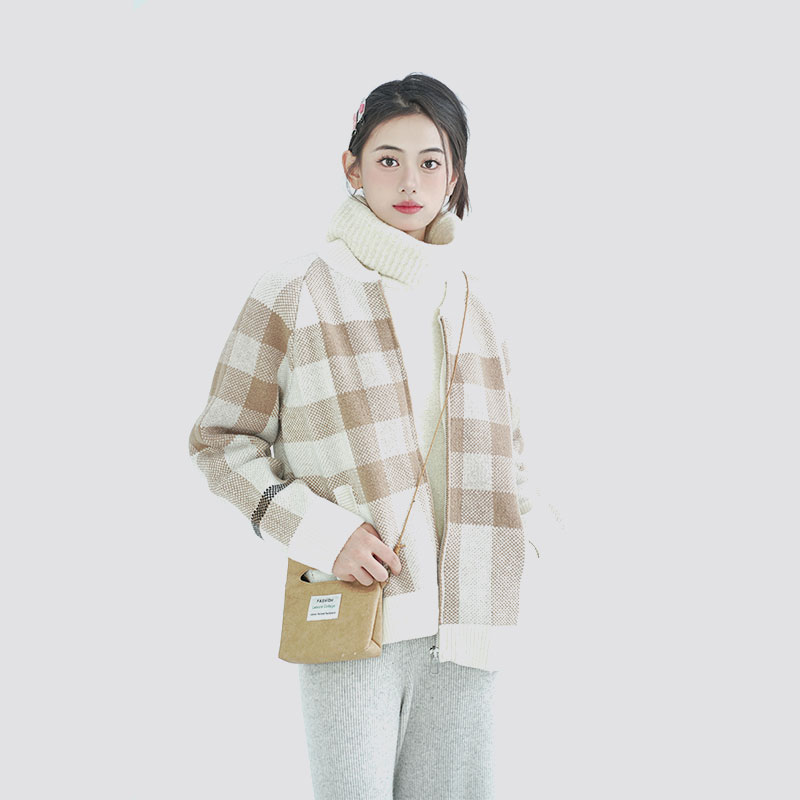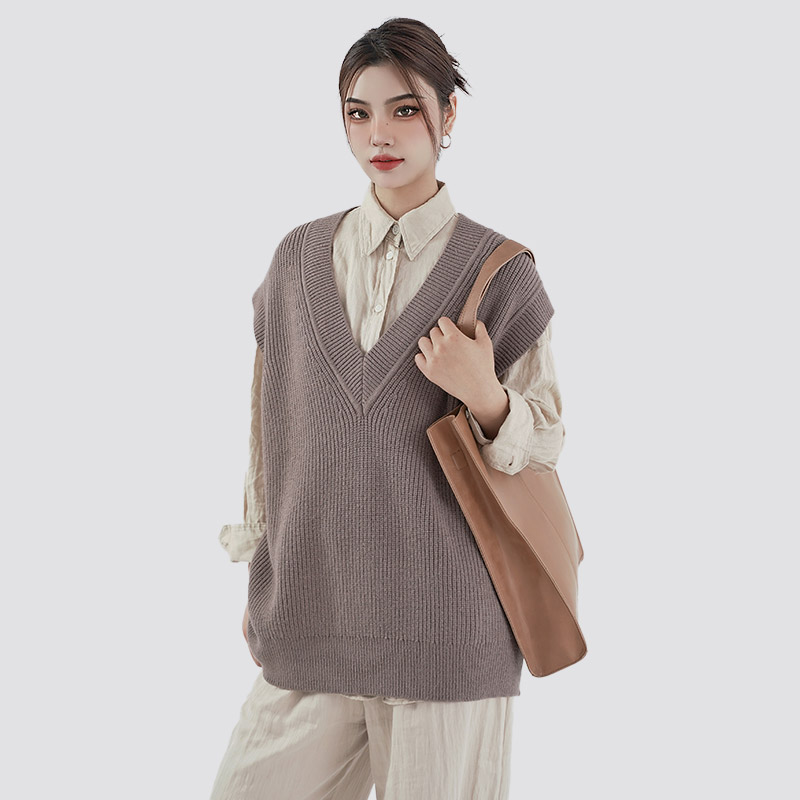Yarn Composition and Performance in Knitted Sweaters
How Yarn Composition Influences the Comfort and Performance of Knitted Sweaters
In modern sweater manufacturing, yarn composition plays a crucial role in defining the tactile quality, thermal behavior, and long-term durability of the garment. From soft natural fibers like wool and cotton to advanced synthetic and blended yarns, the choice of fiber material determines not only the sweater’s comfort but also its resilience, elasticity, and care requirements. Understanding how different yarn types interact with knitting techniques helps designers and manufacturers achieve the desired balance of aesthetics and function.
Natural Fiber Yarns: Softness and Breathability
Natural fibers such as wool, cotton, and cashmere are widely used in knitted sweater production for their superior comfort and insulation. Wool fibers possess natural crimp and elasticity, providing warmth without adding bulk. Cotton, on the other hand, offers a lightweight and breathable alternative ideal for mild climates. Blending natural fibers with synthetic materials enhances durability while maintaining a pleasant handfeel.
Advantages of Natural Fiber Yarns
- Excellent moisture absorption and air permeability.
- Soft, skin-friendly texture for improved wear comfort.
- Effective thermal insulation due to fiber crimp and structure.
- Biodegradability supporting eco-conscious fashion trends.

Synthetic Yarns: Strength and Shape Retention
Synthetic fibers such as polyester, nylon, and acrylic are valued in knitted sweater production for their dimensional stability and resistance to wear. These yarns exhibit consistent color retention and shrink resistance, reducing deformation after washing. Their smooth surface allows faster production speeds and uniform tension during knitting. By incorporating synthetic fibers, manufacturers improve the sweater’s resistance to pilling and stretching while ensuring longevity and colorfastness.
Functional Benefits of Synthetic Yarns
| Fiber Type | Key Property | Effect on Sweater |
| Polyester | High tensile strength | Improved durability and crease resistance |
| Nylon | Elastic recovery | Enhanced stretch and shape retention |
| Acrylic | Soft wool-like texture | Lightweight and colorfast finish |
Blended Yarns: Combining Comfort and Functionality
Blended yarns combine the natural comfort of wool or cotton with the durability of synthetics to achieve a balanced performance profile. For example, a cotton-polyester blend offers breathability and reduced shrinkage, while wool-acrylic blends maintain warmth with lighter weight. These blends also improve dye uptake and dimensional stability, supporting a broader range of design options and end uses.
- Enhanced durability without sacrificing softness.
- Better wrinkle and pilling resistance.
- Adaptability to both lightweight and heavyweight sweater designs.
- Increased versatility in dyeing and finishing processes.
Thermal and Elastic Properties in Yarn Selection
Thermal performance and elasticity are essential aspects of sweater comfort. Fine wool and acrylic fibers trap air to retain heat, while blended polyester improves elasticity and helps garments maintain shape. Advanced yarn engineering now enables the integration of temperature-regulating and moisture-control fibers, enhancing year-round wearability. The combination of yarn count, fiber length, and twist also affects elasticity and drape, influencing how the sweater conforms to the body.
Sustainability in Yarn Production
As sustainability becomes a growing priority in the fashion industry, recycled polyester and organic cotton yarns are increasingly used in knitted sweaters. These alternatives reduce resource consumption and environmental impact while maintaining comparable softness and strength. Certifications such as GRS (Global Recycled Standard) and OEKO-TEX® ensure traceability and material safety. Integrating sustainable yarns not only supports eco-friendly production but also appeals to environmentally conscious consumers.
Conclusion: Balancing Aesthetics, Comfort, and Durability
The performance and appeal of knitted sweaters depend heavily on thoughtful yarn composition. Whether crafted from luxurious wool, lightweight cotton, or resilient synthetics, each fiber type offers distinct characteristics suited for specific markets and climates. By leveraging blended yarns and sustainable materials, manufacturers can produce sweaters that combine softness, strength, and reduced environmental impact—meeting modern demands for comfort and responsibility in apparel design.

 English
English 中文简体
中文简体 Español
Español












